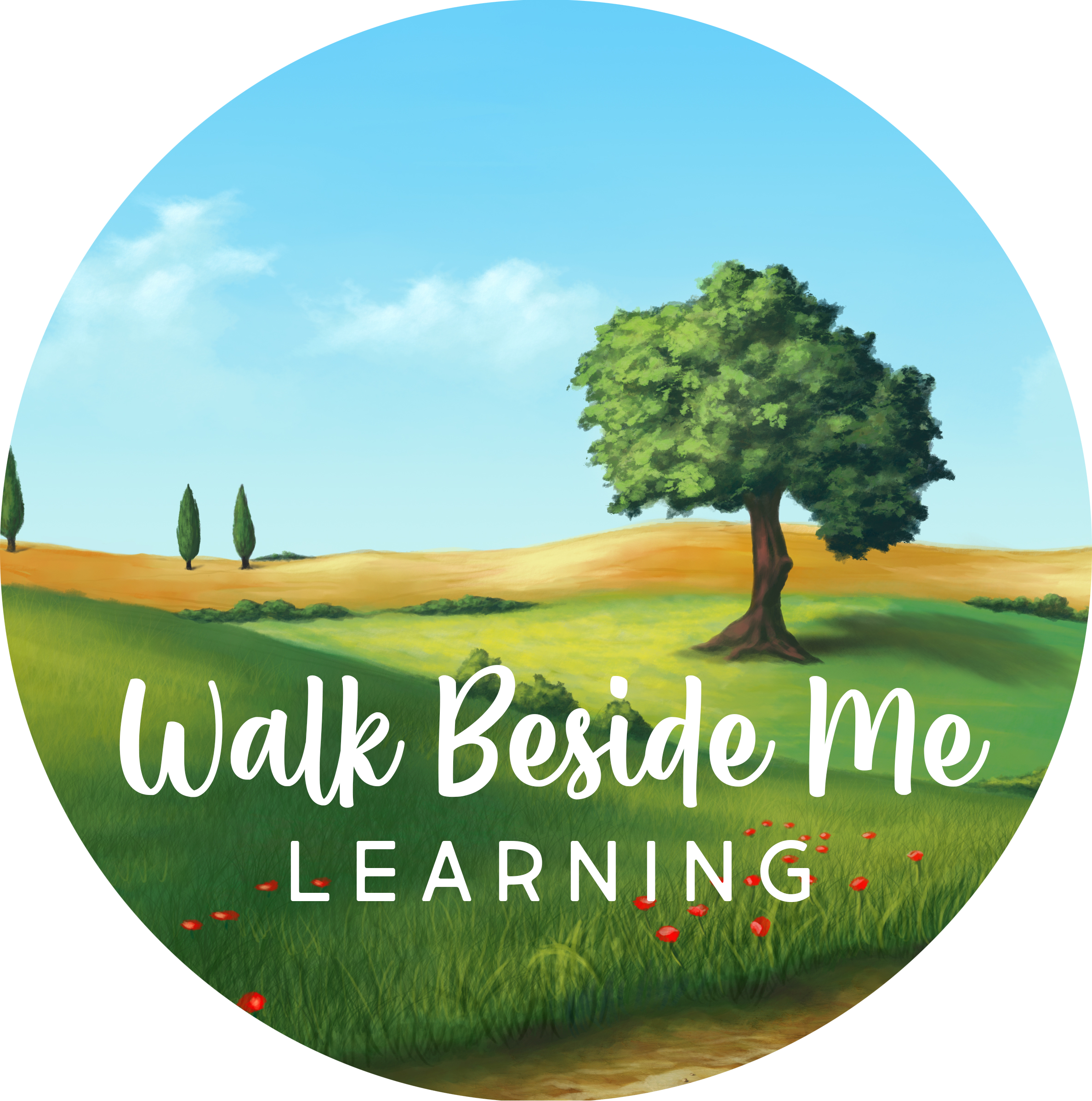I am a former homeschool mom, a curriculum author, a private school educator of 40+ years, and director of an online K-12 school. Over the years I have been through the gamut of math programs, including Saxon, Math-U-See, Aleks, Thinkwell, Life of Fred, Dive Into Math, Teaching Textbooks, and Shormann Math. Although each program has elements that I like, I feel that none of these has truly met the needs of our students. We have worked with students with a myriad of different learning styles and needs, and finding a program that can actually teach to different styles has been a quest akin to finding the Holy Grail. Finally our math quest may have come to an end.
But let’s back up for a minute. The program we are reviewing had it’s beginnings in 2009, when Jason Zimba and other mathematicians set out to write a math program that would reach all children’s learning styles and introduce math’s connectiveness to everything else in the world. Our own curriculum was written in this way. History, science, literature, geography, writing, etc. are all connected in a way in which the learner can easily see connections in each area.
“The ability to make connections involves a process of connecting prior knowledge to new knowledge and experiences. This process allows students to relate what they read, see, do, and experience to themselves, to the world around them and/or to other things they have read, seen, or experienced previously.” 1
I strongly believe that this is the way the Savior taught. When math is included in the process, conclusions can be drawn in a child’s mind that were never before possible.

This process, I believe, was the original intent of what is known today as common core math. After its original authors created an organic and integrated way of teaching math, companies trying to sell textbooks, teamed with special interest groups to launch a program that set fear in the hearts of parents. The original gentle approach was modified with guidelines that required children to get the right answer using only the new approach. All other methods were disallowed. Politics were also woven in. Math story problems presented scenarios that went against the moral beliefs of many families. A rebellion against the new common core spread across the country – possibly with good reason – because it began to resemble less and less, the brainchild it was meant to be.
I feel there is hope. This approaching academic year, we will be using Reveal Math. Based on our evaluation, it appears to follow more closely, the original intent of connected math.
Their statement is:
By encouraging curiosity, exploration, and a growth mindset, Reveal Math allows students to see math as a dynamic set of problem-solving strategies instead of the application of memorized algorithmic or computational procedures.
In our review process, we see a multi-faceted program that teaches to today’s child who spends time playing games on the computer. Their math games are engaging and they complete problem sets without realizing it. There is also a printed book to reinforce math and writing skills. It is common to see concepts connecting to other subjects, even STEM. Videos of concepts being re-taught are another component.
And one of the biggest advantages to Reveal Math is that it begins at Kindergarten and progresses all the way through high school!
What is your role in this program? Every lesson has a brief math meeting, simply laid out and easy to present by the teacher, you. You help your child make connections to other areas of life. And isn’t this why you chose to homeschool?
You can purchase individual workbooks on Amazon, but the entire program can only be accessed through a licensed school. Walk Beside Me Learning is now offering Reveal Math, bringing our curriculum full circle and complete.
What we love about Reveal Math:
- It is multi-faceted, with digital and written components.
- It uses methods to reach different learning styles.
- It creates connections to other areas of study.
- It covers grades Kindergarten through grade 12. – providing consistency in learning.

1. https://letstalkscience.ca/educational-resources/learning-strategies/making-connections




